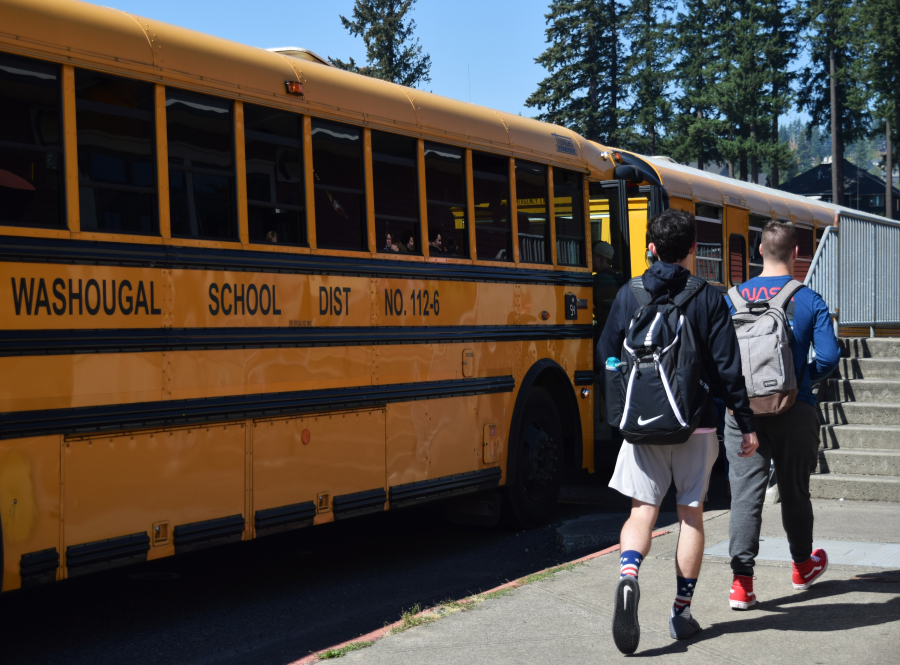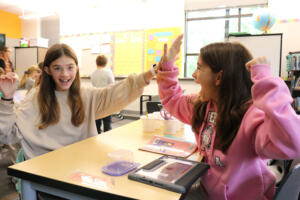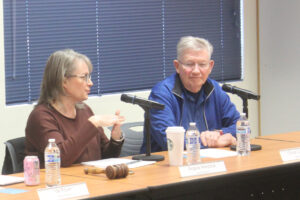School district superintendents throughout Clark County, including those in Camas and Washougal, say students should not return to in-person learning this fall due to the ongoing COVID-19 pandemic.
In a press release issued by Educational Service District 112, eight Clark County school superintendents — from Camas, Washougal, Vancouver, Evergreen, Hockinson, Battle Ground, Ridgefield and La Center — said they will recommend their school boards implement remote/distance-learning for K-12 students this fall.
Dr. Alan Melnick, Clark County’s public health director and county health officer, agreed that data surrounding COVID-19 cases in Clark County shows an in-person return to school would be “too dangerous” right now.
“Clark County Public Health supports school superintendents who have made the very difficult decision to recommend starting the 2020-21 school year online,” Melnick stated in the press release. “We all agree that in-person education is best; however, the data and science of COVID-19 suggest it’s just too dangerous to head back to the classroom right now.”
Washougal School District Superintendent Mary Templeton said school district leaders are planning to utilize an “improved and more accountable” distance-learning model than the one many Southwest Washington students experienced in the spring, during the first COVID-19 related school shutdown.



